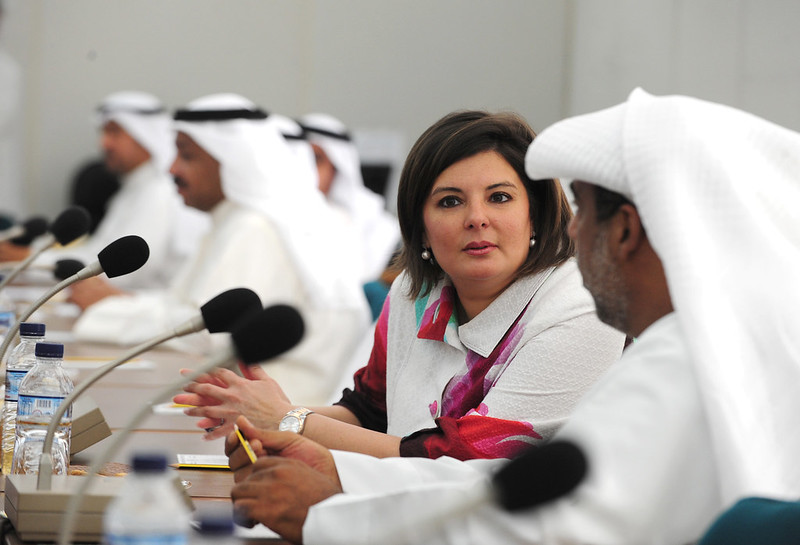 According to the World Economic Forum, worldwide, nations are approaching gender parity. Their 2023 report found that gender inequality is lessening in the 146 countries examined. Currently, these countries’ gender inequality gap is 68.4% closed, a 0.3 percent increase from the year prior.
According to the World Economic Forum, worldwide, nations are approaching gender parity. Their 2023 report found that gender inequality is lessening in the 146 countries examined. Currently, these countries’ gender inequality gap is 68.4% closed, a 0.3 percent increase from the year prior.
The State of Kuwait showed significant progress towards closing the gender wage gap in Kuwait. It increased its ranking by ten places, one of the highest achievements in the past year. That said, the country’s movement still placed it 120 out of 146 countries overall.
Women in the Workplace
A leading cause of gender inequality in Kuwait is due to economic activity. Women are paid significantly less than men in the workforce. In 2021, All-Shall Consulting Company found that in the government sector, male employees received an average salary of KD 1,874, whereas female employees received KD 1,312. This represents a 42.9% higher income for men in comparison to women or a $2,000 disparity.
In the private sector, the situation was even more pronounced. Men earned an average of KD 1,529, while women earned KD 974. This marked a substantial 56.9% increase in income for men compared to women in the private sector. Thus, men consistently earn more than women in both the government and private sectors.
Societal Factors
Cultural practices also plays a key role in this gap. The United Nations Women classifies Kuwait to be a high-income country with educational attainment for women at 100%. Health care access is at 97%. However, the divergence appears in issue areas. Kuwait also has an abysmal score of 2% for political empowerment and 54% for economic activity and opportunity.
The only legitimate way for women to engage in public activity is through women’s groups. Unfortunately, like all voluntary associations in Kuwait, women’s groups are controlled and funded by the state. Thus, they largely conform to official state policies that emphasize women’s traditional roles, rather than promulgating social change.
Looking Ahead
As of 2023, the Kuwaiti government has been taking steps to increase women’s economic opportunities. The most recent was approved in August 2021, the World Bank Kuwait Country Engagement Framework (CEF). The CEF includes a mandate that all advisory services provided by the World Bank in Kuwait will be viewed through a gender lens in order to promote women’s employment and leadership.
Kuwait has a national development strategy called ‘Vision 2035’ or ‘New Kuwait’ with the goal of transforming the country from oil-dependent to a diverse economy and becoming an institutional leader in the region. An essential part of this strategy is to boost women’s participation in the labor market.
Closing the gender wage gap in Kuwait offers a powerful solution to poverty alleviation and inequality. Providing working women with wages on par with their male counterparts would increase individual earnings and family incomes, leading to a substantial reduction in poverty. Indeed, the government is making it imperative to enforce state and national equal pay and employment opportunities.
Raising minimum wages, promoting stronger collective bargaining, and implementing family-friendly policies, such as paid family leave and subsidized child care, would play a significant role in ensuring that working women receive fair compensation and are better equipped to support their families. Thus, Kuwait is indeed on its way to succeeding as a leader in the region.
– Naima Shahzad
Photo: Flickr
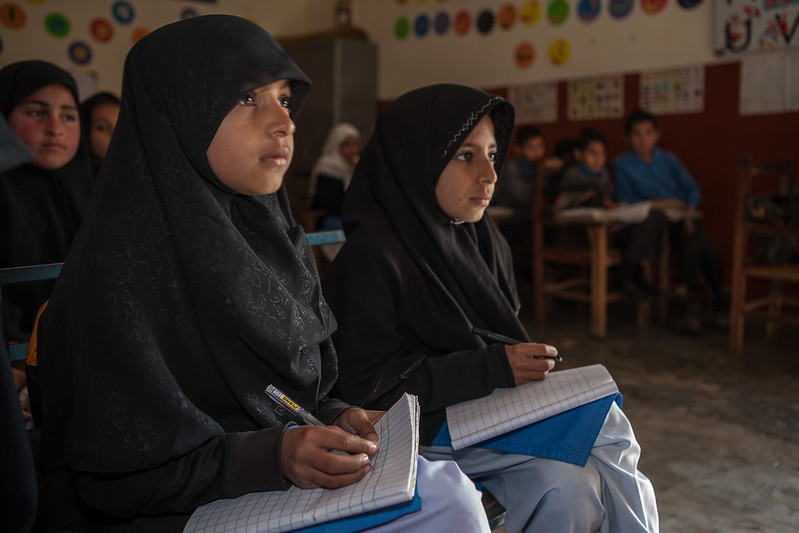 In Pakistan’s Punjab region, access to education has long been a challenge, particularly for girls.
In Pakistan’s Punjab region, access to education has long been a challenge, particularly for girls. 
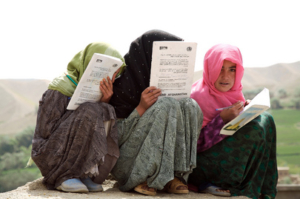
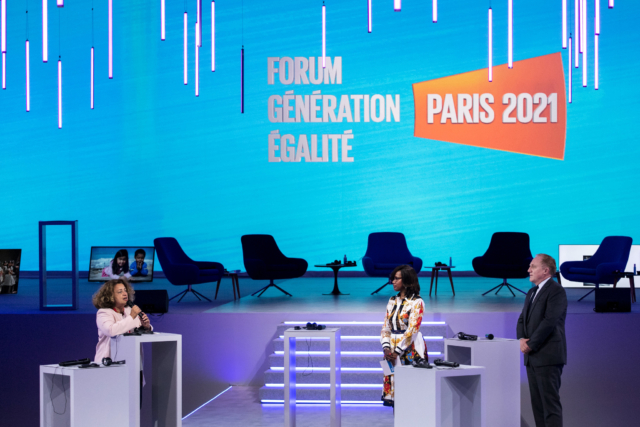
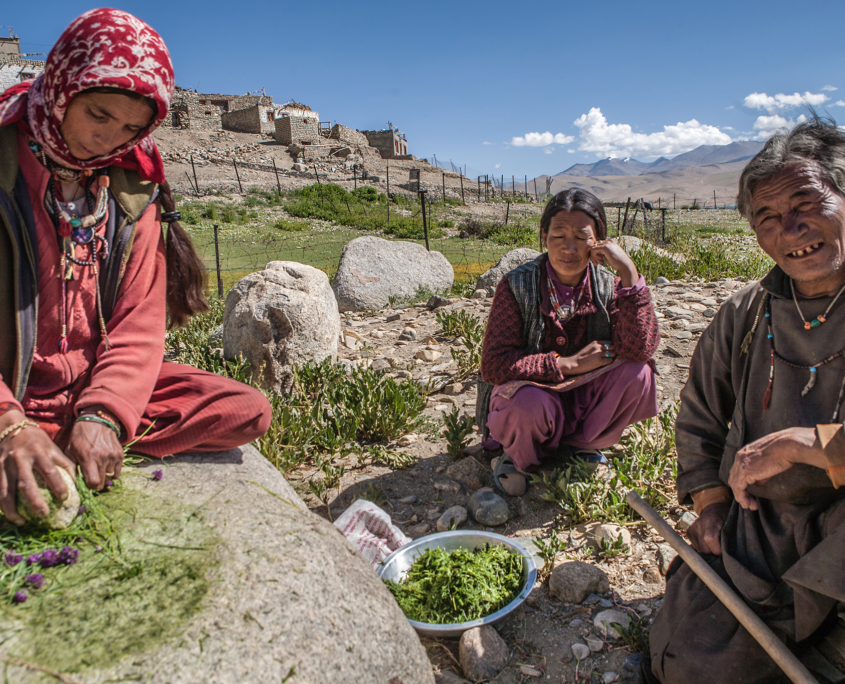 Gender inequality is still a prevailing problem across the world today. India is one country among the many engaging in the fight for gender equality. One prominent issue within this gender struggle is the disparity in pay. The strive toward equality within the country requires a greater focus on the gender wage gap in India. This pay gap is
Gender inequality is still a prevailing problem across the world today. India is one country among the many engaging in the fight for gender equality. One prominent issue within this gender struggle is the disparity in pay. The strive toward equality within the country requires a greater focus on the gender wage gap in India. This pay gap is 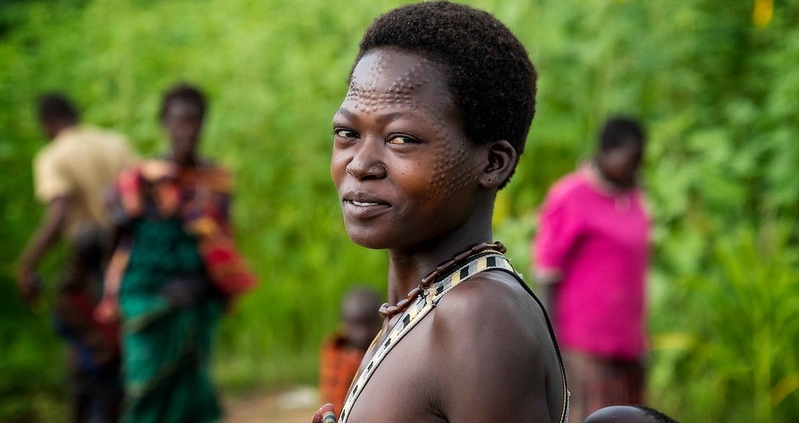
 In March 2021, a
In March 2021, a In recent years, studies have shown that Information and Communication Technologies (ICTs) have proven to be helpful for vulnerable communities on many different fronts. Since the start of the COVID-19 pandemic, it has been observed that women have increasingly used ICTs, especially those in developing countries.
In recent years, studies have shown that Information and Communication Technologies (ICTs) have proven to be helpful for vulnerable communities on many different fronts. Since the start of the COVID-19 pandemic, it has been observed that women have increasingly used ICTs, especially those in developing countries.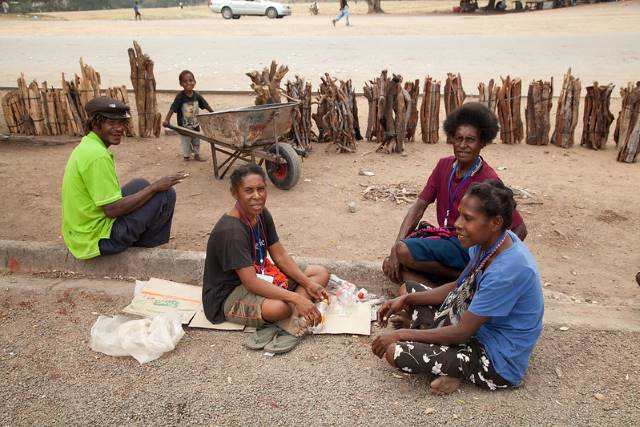 Although Papua New Guinea is a resource-rich area, almost 40% of its population lives in poverty. For women, Papua New Guinea is a dangerous place to live as the country is plagued by gendered violence and inequality and women’s rights are unprotected.
Although Papua New Guinea is a resource-rich area, almost 40% of its population lives in poverty. For women, Papua New Guinea is a dangerous place to live as the country is plagued by gendered violence and inequality and women’s rights are unprotected.